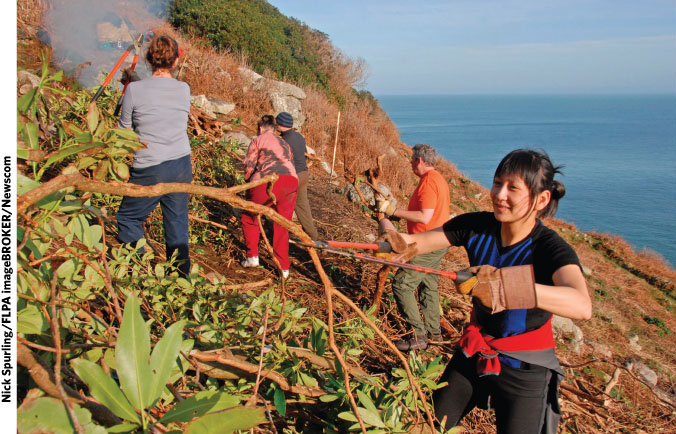When it comes to protecting forests, we have many options.
The trade-offs associated with the use of forest resources are the subject of much debate and conflict because each decision impacts both human livelihood and the health of the environment. To be sure, the economic value of wood may be dwarfed by the ecosystem services lost if the area is overharvested, and protecting the ecosystem may actually prove more profitable, even in the short term. But people still need fuel, building material, and income. “Of course trees and forests are important for the environment,” says Georges, “We know that they protect us from floods and help keep drinking water clean and plentiful. But for many Haitians, selling those same trees is the only way to feed a family. So how can you ask them not to?”
One solution, according to a growing number of experts, is to price the ecosystem services themselves. In Costa Rica, for example, higher utility bills offset the costs of maintaining rain forests that purify and replenish the water people use every day. This money is given directly to landowners who would otherwise have to chop down the trees to sell as fuel or timber or to convert the land to agriculture.
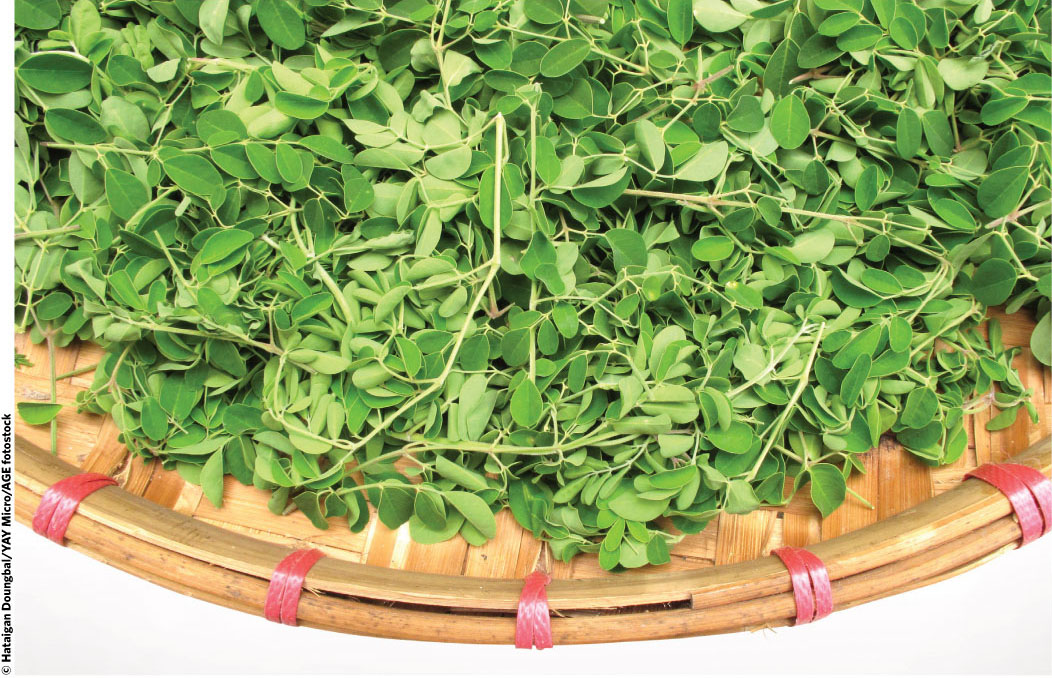
Other options include the promotion and increased availability of sustainable wood products. In developed and even developing nations, certified sustainable wood products are becoming more available. The Forest Stewardship Council (FSC) certifies lumber and other timber products through a process that evaluates the forest itself and the timber-harvesting techniques in terms of wildlife, water, and soil quality. Worldwide, 150 million ha (380 million ac) of forest are certified by the FSC as sustainably managed (about 4% of the world total). Other resources, like latex and tree nuts, can be sustainably harvested from standing forests. Alternatives for wood products also exist and can reduce the pressure on forests. For example, lumber from old buildings can be salvaged to provide quality building materials. Paper can be made from old paper (recycled) or from fast-growing crops such as kenaf, jute, flax, and hemp. Reforestation projects are increasing in number around the world. For example, the Kenyan Green Belt Movement has planted and protected more than 30 million trees and has sparked similar movements worldwide.
For some, saving the forests may come down to recognizing their intrinsic value: their natural beauty, their inherent sacredness, and their right to exist as living things, regardless of what we humans might extract from them. Naturalists from John Muir to Wallace Stegner have argued for the protection and preservation of forests on these grounds alone. “We simply need that wild country available to us, even if we never do more than drive to its edge and look in,” 20th-century American naturalist Wallace Stegner wrote in his famous Wilderness Letter. “For it can be a means of reassuring ourselves of our sanity as creatures, a part of the geography of hope.”
This appreciation for the intrinsic value of a forest has been successfully translated into the economic enterprise known as ecotourism. Ecotourism is a viable option for many areas, especially less developed countries. These areas often possess high biodiversity precisely because they are less developed and are often found in tropical or subtropical areas with naturally high biodiversity. In the quest to develop economically, these regions may find that the highest economic value for their resources lies in keeping them intact. Ecotourism allows a way for funds to enter the country while protecting the natural areas at the same time. TABLE 28.2
ecotourism
Low-impact travel to natural areas that contributes to the protection of the environment and respects the local people.
There are a variety of ways to protect forests, many of which still allow the forests to be used and promote the sustainable harvesting of forest resources.
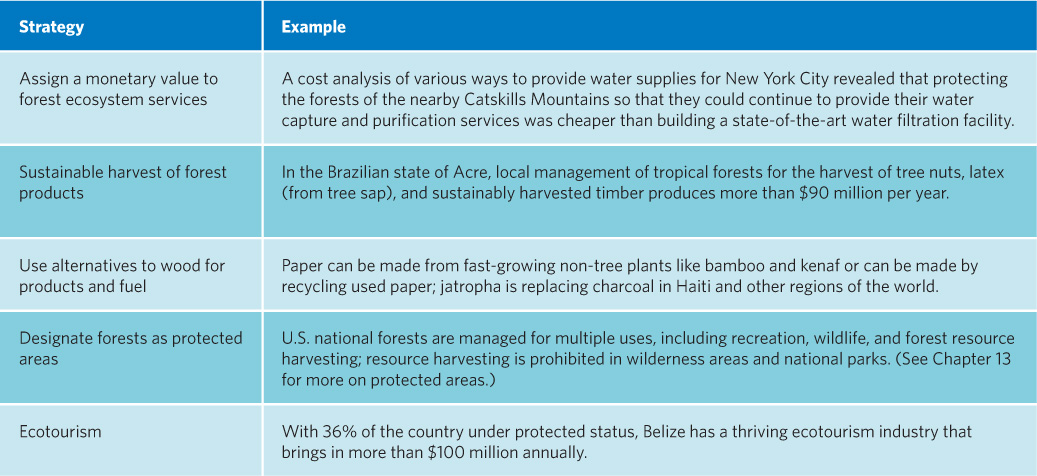

Explain how the sustainable harvesting of forest products, which would provide less annual income than harvesting the trees themselves for timber, can be more economically valuable than the wholesale removal of the valuable timber in that forest.
Though the value of the trees may be higher in the short-term, once you have harvested them, you no longer have a forest and must wait a long time for it to grow back. So keeping the forest intact and sustainably harvesting its products can provide income, year after year and eventually exceed the value of the trees themselves.
KEY CONCEPT 28.6
Forests can be protected by encouraging the sustainable harvesting of forest products, finding alternatives to replace wood as a raw material, and promoting the value of intact forests through the realistic valuation of ecosystem services.
But for many people, including those in Haiti, these options seem limited. Using charcoal produced from wood is the only means people have to heat their homes, prepare their food, and, in the cities, fuel their businesses. “We won’t solve deforestation until we increase the market share of other energy sources,” says Morton. “Right now everyone—bakers, rum makers, housewives, even factories—are dependent on charcoal.” In fact, small businesses use the equivalent of 11 ha (27 ac) of wood each day.
“It’s a vicious cycle,” says Morton. “They cut down trees to make charcoal to cook and earn some money. This erodes the soil, which causes crops to shrink and floods to be more severe. Both of those render people even more impoverished, which in turn necessitates more tree-cutting.” Charcoal, he says, is the fuel of the poor, and unless Haitians escape the poverty trap, they won’t stop using it. In fact, declining soil fertility and falling commodity prices have led many rural Haitians to increase their charcoal production to generate more income.
In the countryside, Georges says, charcoal use will probably continue no matter how well reforestation efforts work. “It’s not a matter of weaning people off charcoal,” he says. “The use is ingrained into the culture. The real issue is sustainable practices.” Georges notes that simple changes like harvesting only fast-growing trees for charcoal, pruning branches to encourage more growth, and cutting trees 1 meter above the ground rather than at ground level for quicker regeneration could make a huge difference.
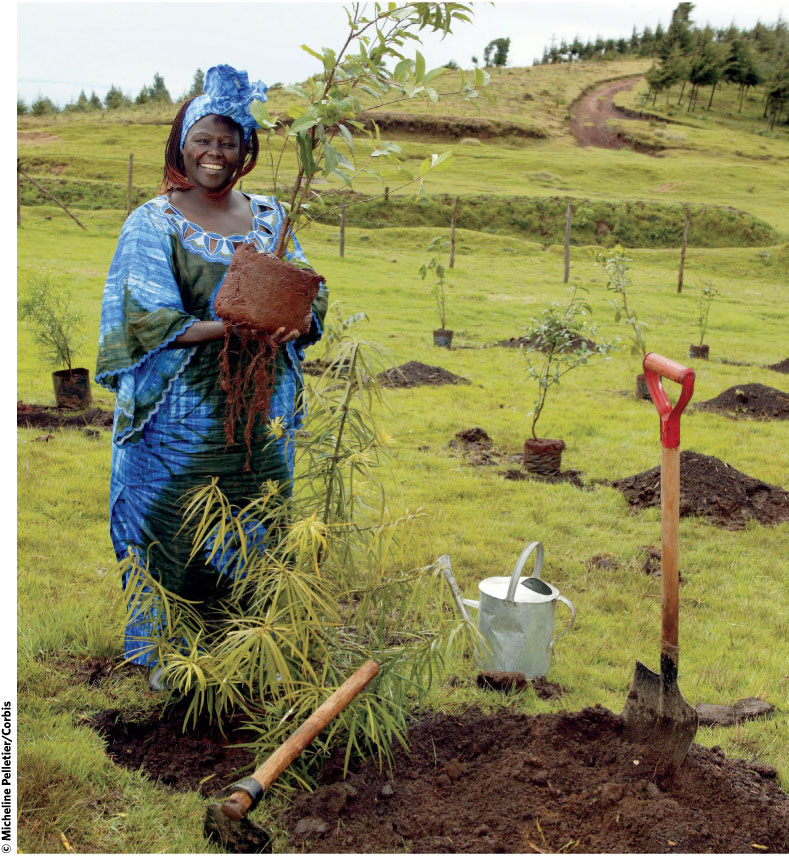
To meet intensive energy needs of the city, however, other measures will be needed. One potential alternative to charcoal that could be used in Haiti and elsewhere is jatropha, a fast-growing plant whose oil-rich seeds have been hailed as a promising biofuel source. Even the material left after the oil is pressed out can be digested by bacteria to produce biogas, a fuel similar to natural gas. Another option is the production of composite briquettes from a variety of flammable materials, such as grass, paper, or sawdust. Shredded plastic can be added to make it more combustible. (See Chapter 23 and LaunchPad Chapter 32 for more on sustainable energy.)
There is a Haiti that people like Georges and Robert talk about in the quiet moments after a day’s planting. It’s a Haiti lush and green with trees, a country where families earn their living selling mangoes and moringa leaves instead of charcoal and firewood. Whether this country resembles its past as much as its future will depend on an infinite number of variables—not just how well it manages forests and reforestation efforts but also whether it can find alternative building materials or establish a reliable energy sector based on something other than wood.
In parts of Haiti where the top soil has long since given way to a barren landscape of rock, most experts agree that it is too late. But in much of the country, there are still some trees left. And that means there is still hope.
Select References:
Costanza, R., et al. (1997). The value of the world’s ecosystem services and natural capital. Nature, 387: 253–260.
Food and Agriculture Organization of the United Nations. (2010). FAO Forestry Paper 163: Global Forest Resources Assessment 2010: Main report, Rome 2010.
Likens, G. E., et al. (1970). Effects of forest cutting and herbicide treatment on nutrient budgets in the Hubbard Brook watershed-ecosystem. Ecological Monographs, 40(1): 23–47.
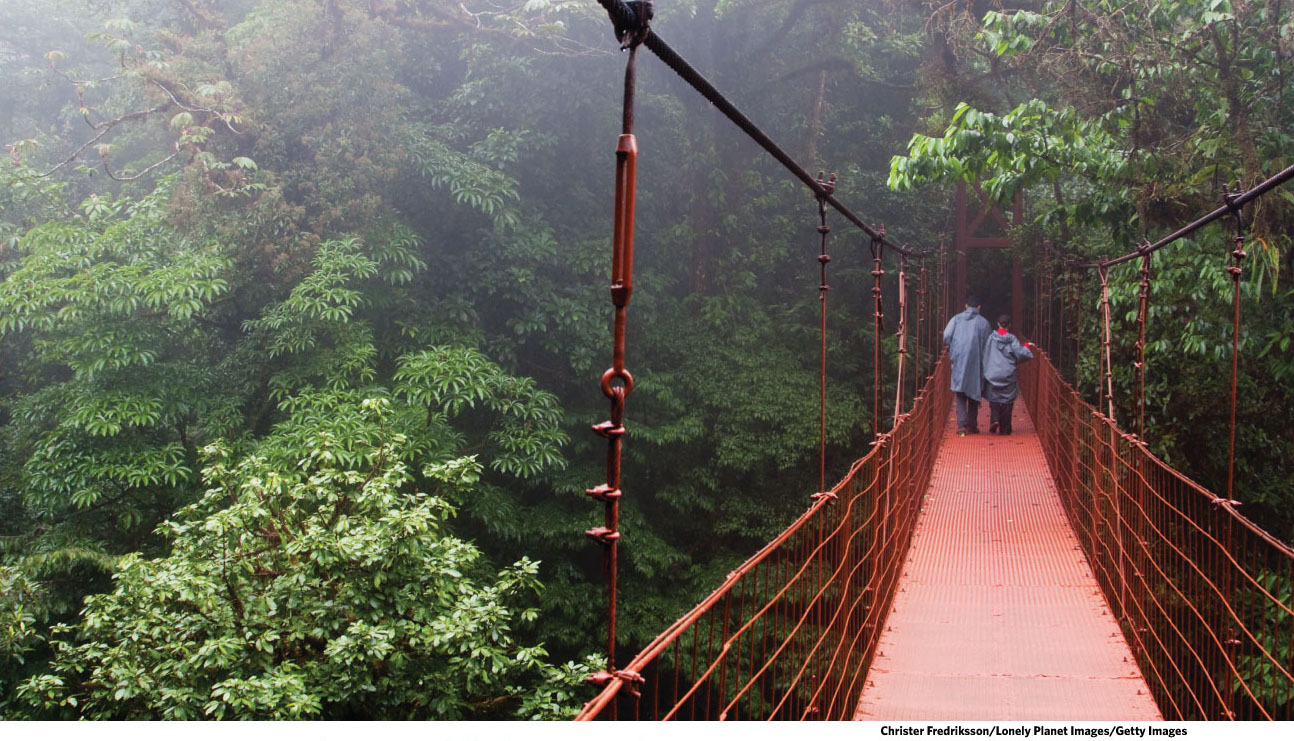
PERSONAL CHOICES THAT HELP
Forests are a renewable resource that can be used sustainably for many years under proper management conditions. Using harvesting systems such as selective cutting or strip cutting can allow economic use of forests without eliminating the ecological functions that forests provide.
Individual Steps
•Buy paper products (toilet paper, facial tissue, and notebook paper) made of recycled content to decrease the unnecessary cutting of trees and to encourage recycling.
•When purchasing lumber for projects, look for wood that has been certified as sustainably managed by the Forest Stewardship Council.
•Avoid buying noncertified furniture made from tropical wood such as rosewood, teak, and ebony; harvesting these woods contributes to tropical deforestation.
Group Action
•Organize a workday to clear invasive species such as common buckthorn and Japanese honeysuckle to ensure that our remaining forests provide high-quality habitat.
Policy Change
•Support legislation that protects roadless areas and old-growth forests.
•Ask your local grocery stores, restaurants, and college dining facilities to offer shade-grown coffee and chocolate, which can help encourage preservation of tropical forests.
